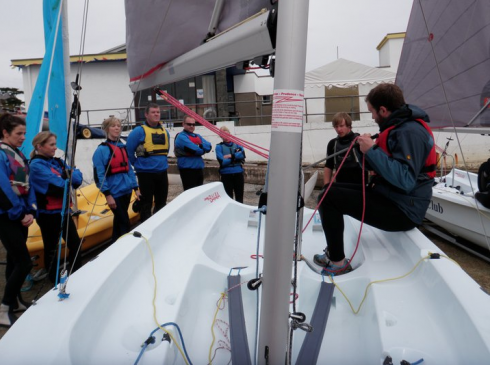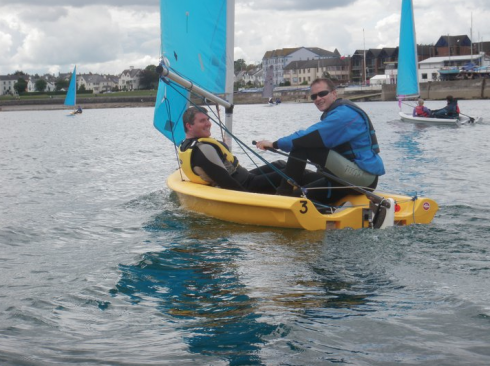Tadhg Kelly writes: Asynchronous gameplay is a popular phrase for describing various forms of online games that connect players but don’t require simultaneous play. Many eminent commentators have talked about the possibilities for this kind of gameplay, and how it might be the future for games. … In the debate on Gamasutra, I suggested that … Continue reading “Contemporal, Cospatial and Connected”
Tadhg Kelly writes:
Asynchronous gameplay is a popular phrase for describing various forms of online games that connect players but don’t require simultaneous play. Many eminent commentators have talked about the possibilities for this kind of gameplay, and how it might be the future for games.
…
In the debate on Gamasutra, I suggested that the casual definition of synchronous or asynchronous is actually describing a different property to synchrony. I labelled it temporany. The definition of temporany is:
If the play of the game contains the simultaneous presence of two or more players, it is contemporal. If not, it is atemporal.
Synchrony and temporany form a grid. There is contemporal synchrony, contemporal asynchrony, atemporal synchrony and atemporal asynchrony. More conventionally, although less accurately, you might call them: multi-play, parallel-play, turn-based-play and single-play. Quake, World of Warcraft, WeeWar, Portal 2.
There’s too much tongue play going on here.
Synchronous definition, occurring at the same time; coinciding in time; contemporaneous; simultaneous.
There’s too much similarity in the terms so discussion becomes meaningless. Also, games which are single-player only are somewhat removed from the scope. I would claim there is:
- contemporal – at the same time, simultaneously. Like players who are in a FPS or strategy game. Even if playing a turn-based game.
- cospatial – in the same space (real or virtual). I don’t think it matters which.
- connected – linked through event protocols with a reciprocity and a reason for the connection.
Games can be contemporal, cospatial and connected all at the same time or they can have components of each. e.g
Left4Dead is contemporal (the 4-8 players are there at the same time), cospatial (are in the same virtual arena) an connected (the actions of players directly affect the actions of others). Games like Dogfighter and Galcon, though they have different gameplay, have the same qualities. You might also point at Monopoly or Connect4.
While this is fun for discussion, the impact on game design is to think of interpretations of games which are not commonly found by excluding components from this description.
How about a Location-based game which is cospatial and connected? I’d say this is FourSquare. The timing is irrelevant but the physical locations are important and the passing of events between players (I’m the Mayor!) is also important.
What about contemporal and connected? These are the components of leaderboard games. You’re passing events and playing at the same time but you’re not necessarily occupying the same place, playing the same game.
Cotemporal and cospatial but not connected? I would look at many MMO open world games. In the same (virtual) space and time but not necessarily interacting. But you can interact – making the gameplay connected as well. The point being you don’t have to.
This isn’t meant to be canonical – just a way of thinking about games.





